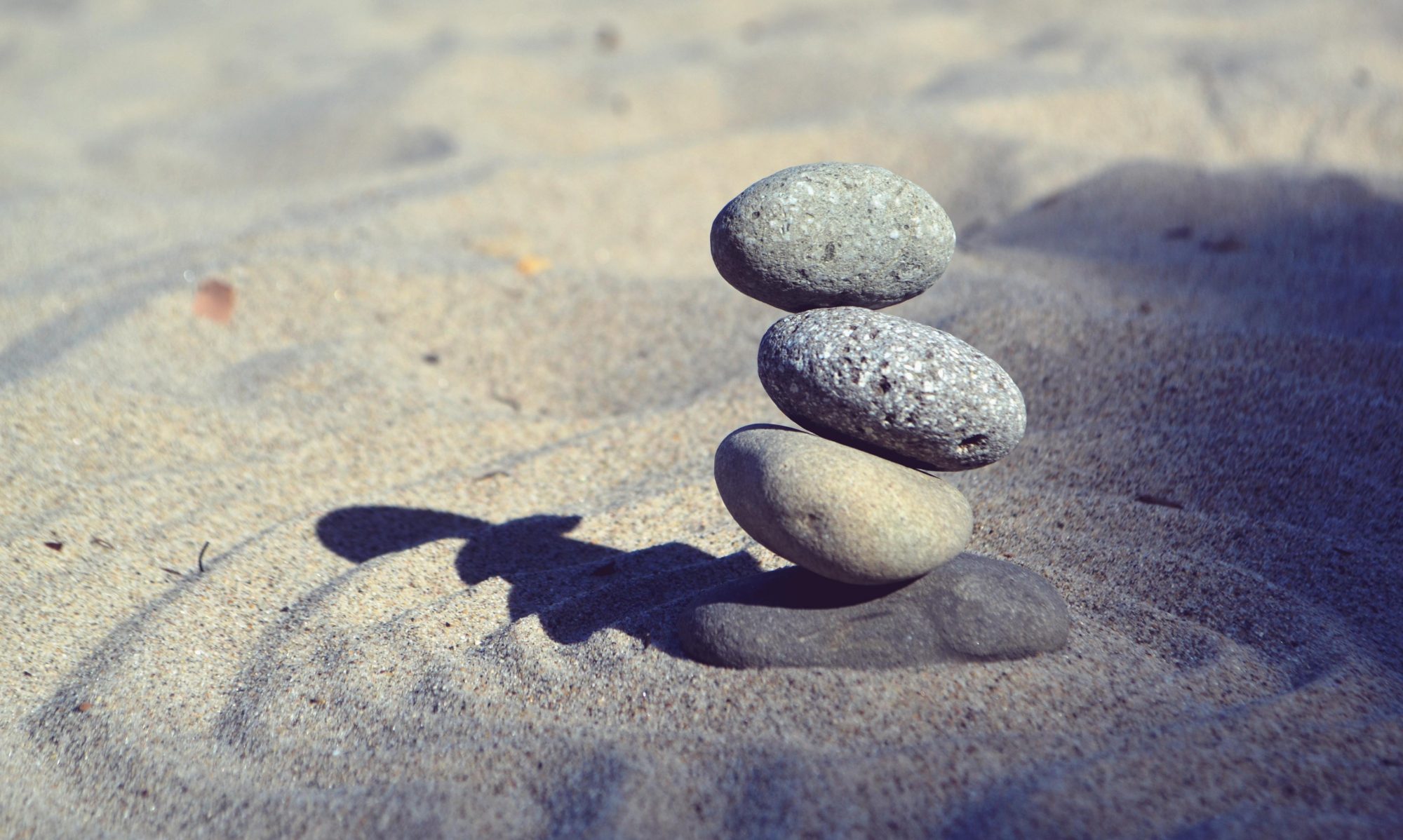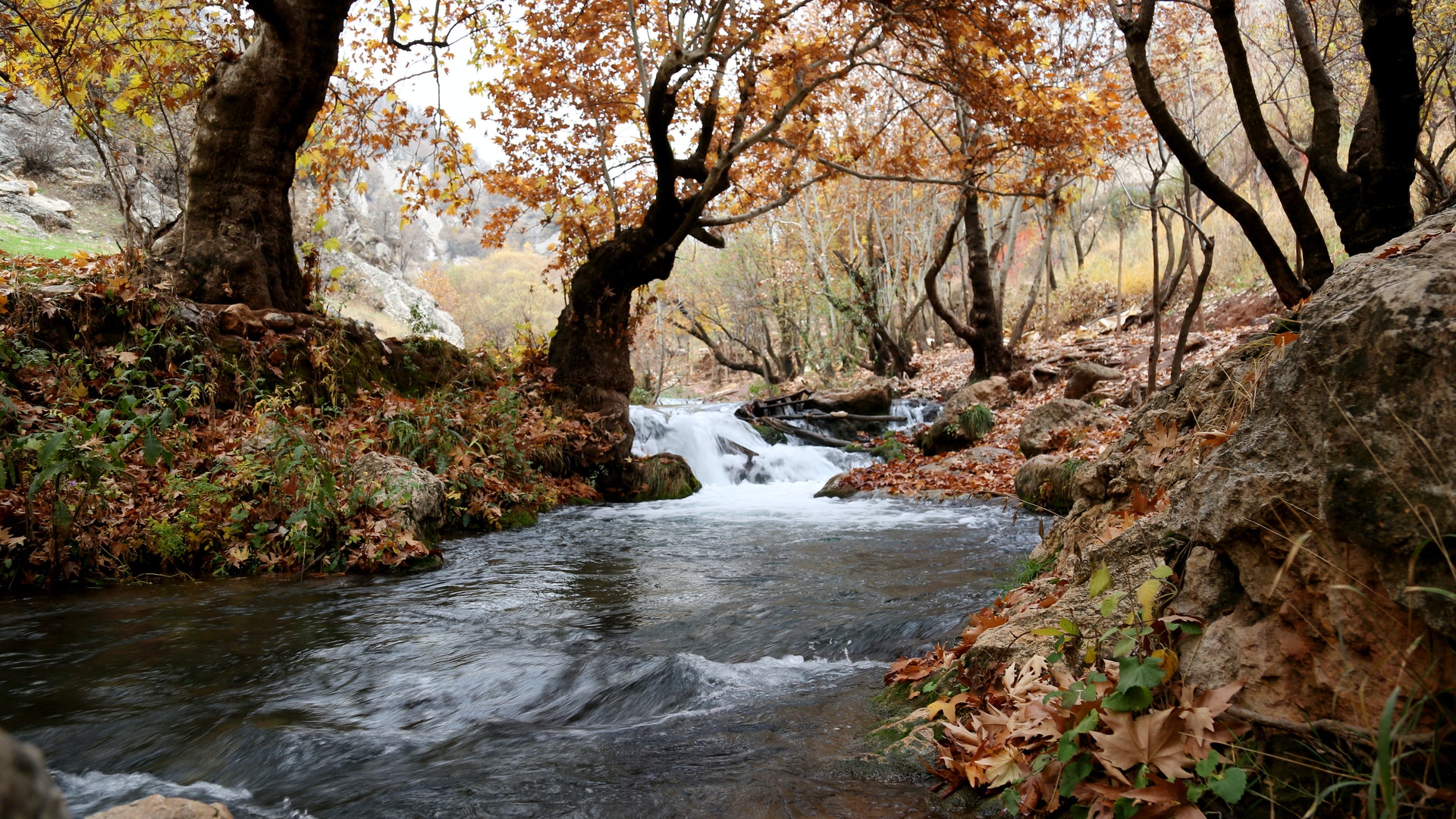One of the biggest challenges of being a Productive Creative is finding your creative workflow. There are many ways to do this, but one of the methods I’ve used, and have seen others successfully use, is mentally putting your mind in another location. You may have heard of this practice under such names as “Mind Palaces” or “Memory Mansions.” The idea with those techniques is that by imagining yourself in a very specific physical location (imaginary or real) it allows your brain to connect and remember things that it couldn’t otherwise. The brain’s ability to remember things works better with more senses attached to it.
Creatively, this works the same way. If you imagine yourself in the mountains of Alaska, it’s easier to paint them. Or if you are writing about an adventure in a forest, having those smells and sounds will bring the scene alive in your mind. Using all five senses allows your brain to be completely immersed somewhere else, where creativity can more easily happen.
A study of the effects of background noise on creativity showed that moderate background noise can, in fact, increase both the amount and the quality of creativity over low-noise or high-noise environments. Furthermore, if we combine this with specific types of background noise, there should be a compound benefit. I personally have seen the benefits of using this method when writing.
But what is “background” noise? Essentially, it is composed of sounds that are in the background- not in the foreground. They’re not intended to be focused on, but to set the mood, much like the background of the Mona Lisa. The subject of the Mona Lisa is what it’s known for, but if you took away the painting’s background, it would lose its effect. You don’t get the whole picture without it.
Background, or Ambient music, is very similar in purpose- it’s designed to not be focused on. We can look at examples of this for a better understanding of background noises as a whole.
Back in 1917, composer Erik Satie produced a musical piece called “Furniture Music,” which was designed to be used as background noise for dinner parties. Satie describes it as:
A music…which will be part of the noises of the environment, will take them into consideration. I think of it as melodious, softening the noises of the knives and forks at dinner, not dominating them, not imposing itself. It would fill up those heavy silences that sometime fall between friends dining together. It would spare them the trouble of paying attention to their own banal remarks. And at the same time it would neutralize the street noises which so indiscreetly enter into the play of conversation. To make such music would be to respond to a need.
Satie’s work became a large influence on more modern ambient composers, such as Brian Eno (associated with many famous musicians, but his most listened-to piece was the Windows 95 startup sound), Robert Fripp (of King Crimson fame), and many others. The idea that music could be something used to enhance an environment was revolutionary in a way- it was the genesis of Music becoming a commodity.
But as far as “background” music and/or noises, the idea is that it serves a specific purpose, to cause a certain mindset or emotional ease, but not draw attention to itself in the process.
Creativity Boost?
If you were writing about a swashbuckling pirate who is in search of buried treasure, and you wanted to get your mind into the right frame to write such a story, what would you do? Put on Disney show tunes? Classic rock? Silence?
Maybe, but your mind works more creatively the less it has to overcome obstacles. So wouldn’t it make sense, if you’re imagining being on a pirate ship, to have reference pictures of that location to help you get there? Wouldn’t it also make sense to have ships-at-sea noises in the background? For that matter, you could even use a beach-scented candle, right?
Every layer of sensory input you give your brain, the less environment it has to conjure up on its own.
Putting It Together
Combine the idea of mentally constructing environments with the benefits of moderate background noise, and you’ve got a double-whammy. It’s like supercharging your creative brain- close your eyes, and it’s like you’re there. The ideas practically come flooding through your fingertips, and writing becomes easy.
If you’re struggling to find background noises or music that fits your creative mood, I’d highly recommend MyNoise.net as a fantastic tool for spurring creativity and focus.
I’m not sponsored by them (yet). In fact, I’ve repeatedly donated to Dr. Stéphane Pigeon’s work, because it’s such a huge part of what I do creatively. If I’m writing a story that takes place in a city? They’ve got that. Forests? Foreign countries? Fantasy dungeons? Futuristic spaceships? Yes, all of the above. Do you want to combine them? You can do that.
As an example, I’m currently writing a futuristic cyberpunk murder mystery, with werewolves and dragons. What would I use to write that? A combination of these, in no specific order:
If I were to be writing about, say, a spy adventure in the middle east? I’d combine street noises and music from India or China, with a dash of white noise to smooth everything out. Remember, you don’t want it to draw attention!
I’m hoping this gives you some ideas for boosting your creativity! There are tons of ambient music channels on YouTube, including Secession Studios, Cryo Chamber, Chords Of Orion, Dreamy, and many, many others. You could even use these soundtracks to create dynamic backgrounds for tabletop RPG sessions. The sky’s the limit!
At some point in the future, I’d love to dive more into environment facilitating creativity (as I’ve touched on before). There’s just so much to unpack here, but for starters, the easiest is sounds-
So let me know how you use sounds to boost creativity! Sound off in the comments!

